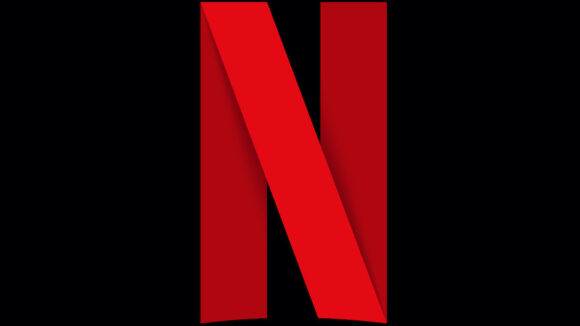

Report: Netflix Lost 31% Of U.S. Market Share In Past Year
Netflix still leads the streaming market in the U.S. by some way, but its market share has decreased sharply in the pandemic, according to new data shared by Ampere Analysis with The Wrap.
The streaming giant’s share has fallen from 29% this time last year to 20% now. That represents a decrease of 31%. Netflix added 36.58 million subscribers in 2020 — a company record — but the pie has grown faster than its slice, due to the entry of new platforms and rapid overall rise in streaming subscriptions in the country.
The other big players that were established before 2020 have also seen their share decrease in the same period. Amazon dropped from 21% to 16%, Hulu from 16% to 13%, and Disney+ from 12% to 11%.
Meanwhile, a growing portion of the market is accounted for by new entrants. The biggest growth came at Warnermedia’s HBO streamers, including HBO Max, which launched in May 2020: HBO’s total share leaped from 3% to 12% and is now ahead of Disney+. NBCUniversal’s Peacock, which has a free ad-supported tier, launched in July 2020, and thus stood a 0% at the start of last year; it is now at 5%.
Paramount+, a rebrand of ViacomCBS’s CBS All Access which launched under its new name last month, has gone up from 2% to 3%. Apple TV+, which like Disney+ debuted in November 2019, has increased its share from 4% to 5%.
To summarize: the top five streaming services in the U.S. by market share, according to the data, are currently as follows:
- Netflix — 20%
- Amazon Prime Video — 16%
- Hulu — 13%
- HBO — 12%
- Disney+ — 11%
A few notes: Amazon Prime Video comes as part of the broader Amazon Prime membership package, and it is difficult for analysts to gauge how many members use the video service. HBO Max has over 41 million subscribers, but that includes those who can access the service through a promotion or HBO cable subscription; the number of “activated” subscriptions was only around 17.2 million as of January.
Disney has announced that Disney+ has crossed 100 million subscribers, but many are abroad — roughly one-third of those are Disney+ Hotstar customers in India — and this helps explain its relatively small market share in the U.S. On the other hand, Hulu and ESPN+ (which is at 4%) are majority-owned by Disney, so the company’s total market share is higher than Netflix’s.
In January, Deloitte published a report on the U.S. streaming market in which it argued that the era of parallel growth for services may be ending, to be replaced by increasing competition and subscriber churn. The report also noted the growing popularity of free ad-supported services.

.png)